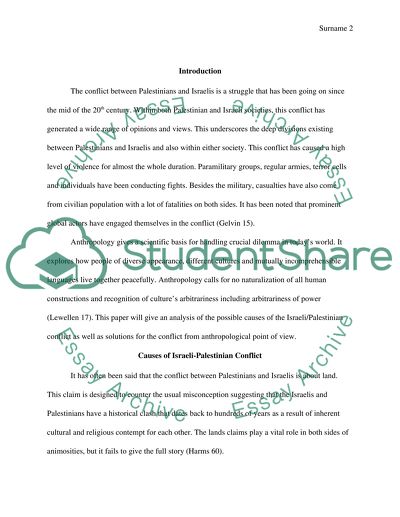Cite this document
(“Anthropological perspectives on Peace and Conflict Studies Research Paper”, n.d.)
Anthropological perspectives on Peace and Conflict Studies Research Paper. Retrieved from https://studentshare.org/anthropology/1491002-anthropological-perspectives-on-peace-and-conflict
Anthropological perspectives on Peace and Conflict Studies Research Paper. Retrieved from https://studentshare.org/anthropology/1491002-anthropological-perspectives-on-peace-and-conflict
(Anthropological Perspectives on Peace and Conflict Studies Research Paper)
Anthropological Perspectives on Peace and Conflict Studies Research Paper. https://studentshare.org/anthropology/1491002-anthropological-perspectives-on-peace-and-conflict.
Anthropological Perspectives on Peace and Conflict Studies Research Paper. https://studentshare.org/anthropology/1491002-anthropological-perspectives-on-peace-and-conflict.
“Anthropological Perspectives on Peace and Conflict Studies Research Paper”, n.d. https://studentshare.org/anthropology/1491002-anthropological-perspectives-on-peace-and-conflict.


